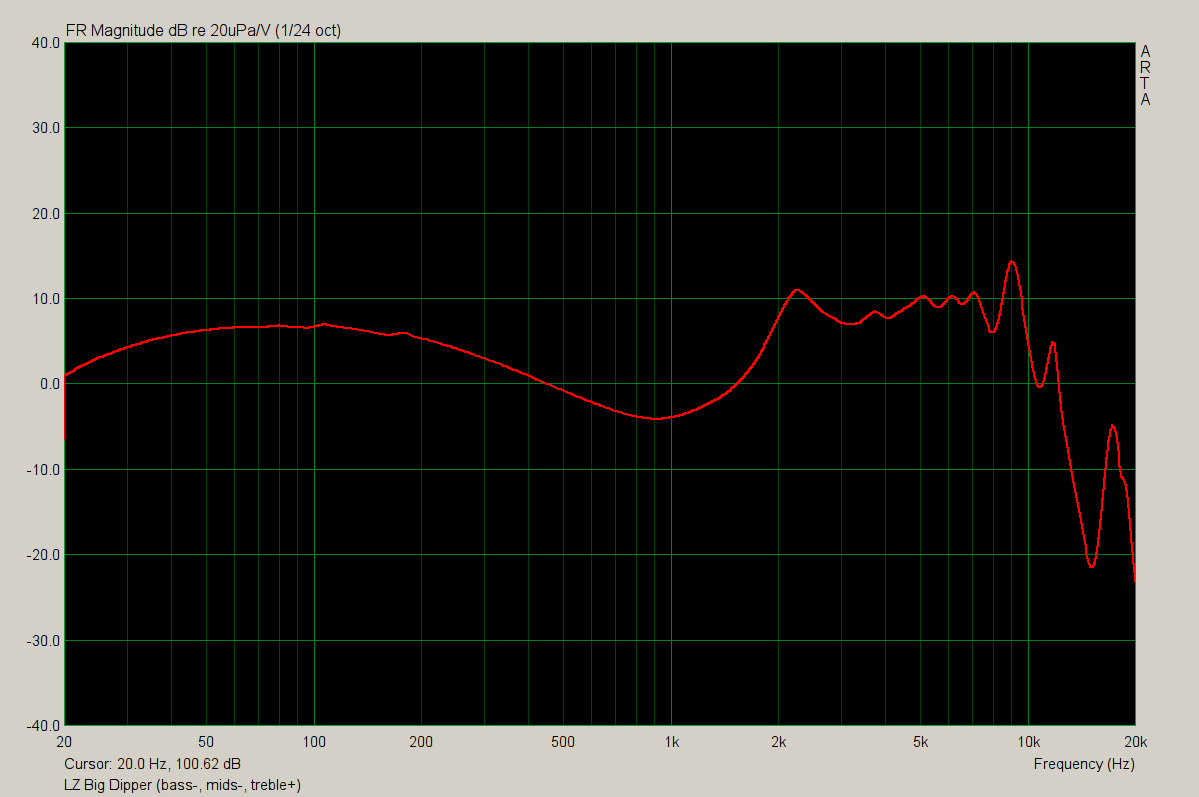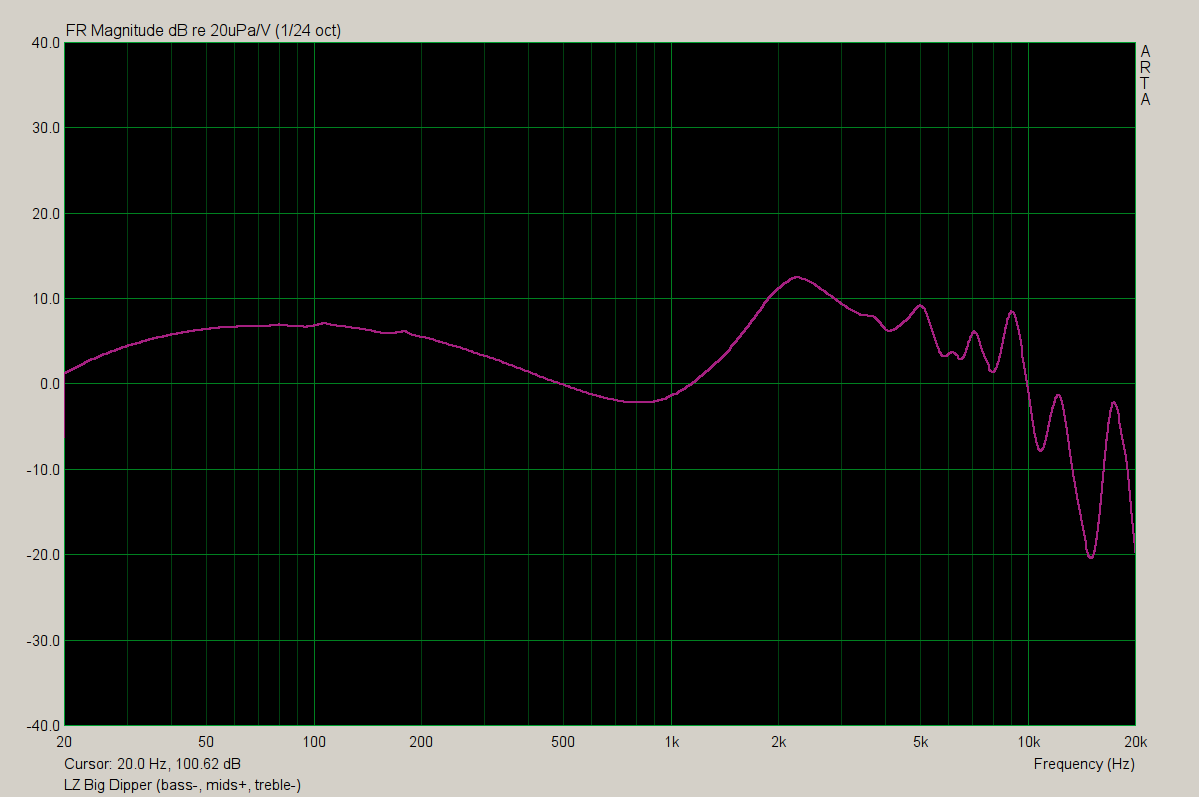The specs will actually tell you more than your hearing will. Take the X7ii and its new balanced module.
It'll put 17mW into a 300 ohm load SE but 63 mW into the same load balanced. The voltage is also up. So if you're driving a load which requires a lot of voltage and is reasonably high impedance (eg like an HD650) there will be benefits. Not in the architecture, but in the power.
Look at the same load into an IEM though - say around 16 ohm. SE is 200 mW and balanced is 380 mW. Balanced must be better right? Not really. Balanced will chew the battery quicker, and both outputs would drive practically any IEM into the regions of deafening you. And its the same for the 32ohm load. Both are essentially over-kill.
Now lets look at the real differences - those bits that people make claims on. Remember how balanced is always cleaner, darker, more spacious, wider sound-stage .......

Lets look at cleaner first. SNR on SE is 116 dB and on balanced is 119 dB. Both are beyond what we can hear - so no difference. Both have THD measurements at 0.003% = beyond our hearing. You'll get a magnitude more distortion from your earphones. Now the important one - crosstalk (channel separation). SE is 73 dB and balanced is 97 dB. That must make a big difference - right?
I'm going to quote something bookmarked a long time ago:
The FCC minimum channel separation/crosstalk spec for FM Stereo used to be 29.7dB...yes, that's right, 29.7. It had to do with how the signal was generated and handled, but 30 - 40dB wasn't hard to achieve, and 50dB wasn't uncommon.
The bulk of what is perceived as stereo separation happens above 20dB with decreasing detectable improvements above 30dB or so. It's almost impossible to detect separation improvements above 40dB. Localization of a phantom image depends less on channel separation and much more on relative intensity and inter-aural time delay of the sound, and human hearing response at different angles.
So....long answer...separation above 40dB doesn't improve sound quality, below 40dB it slowly degrades, the final separation is equal to the device with the least separation in the system. Once degraded by a device, no device following it can restore separation.
As you can see, SE crosstalk at 73 dB and balanced at 97 dB actually means nothing - we can't hear it.
What essentially happens is two things.
- People read the specs, and tell themselves balanced must sound better, and thats what they talk themselves into. In a blind volume matched test, they won't tell a difference.
- Most people don't volume match, and we are terrible at volume matching by ear (which is what a lot of people do). Most balanced circuits output a lot more power by design - therefore they are louder. People saying they hear a difference are often simply listening to one louder than the other. And we know louder is perceived as sounding better.
There are two other possibilities for differences:
- The balanced circuit actually sounds better by design (unlikely given FiiO's expertise)
- Impedance mismatch can affect frequency response for multi-BA driver set-ups (rarely happens with dynamics). You'll note the 12 ohn (SE) vs 1.7 ohm (bal) output.








































































 Lets look at cleaner first. SNR on SE is 116 dB and on balanced is 119 dB. Both are beyond what we can hear - so no difference. Both have THD measurements at 0.003% = beyond our hearing. You'll get a magnitude more distortion from your earphones. Now the important one - crosstalk (channel separation). SE is 73 dB and balanced is 97 dB. That must make a big difference - right?
Lets look at cleaner first. SNR on SE is 116 dB and on balanced is 119 dB. Both are beyond what we can hear - so no difference. Both have THD measurements at 0.003% = beyond our hearing. You'll get a magnitude more distortion from your earphones. Now the important one - crosstalk (channel separation). SE is 73 dB and balanced is 97 dB. That must make a big difference - right?